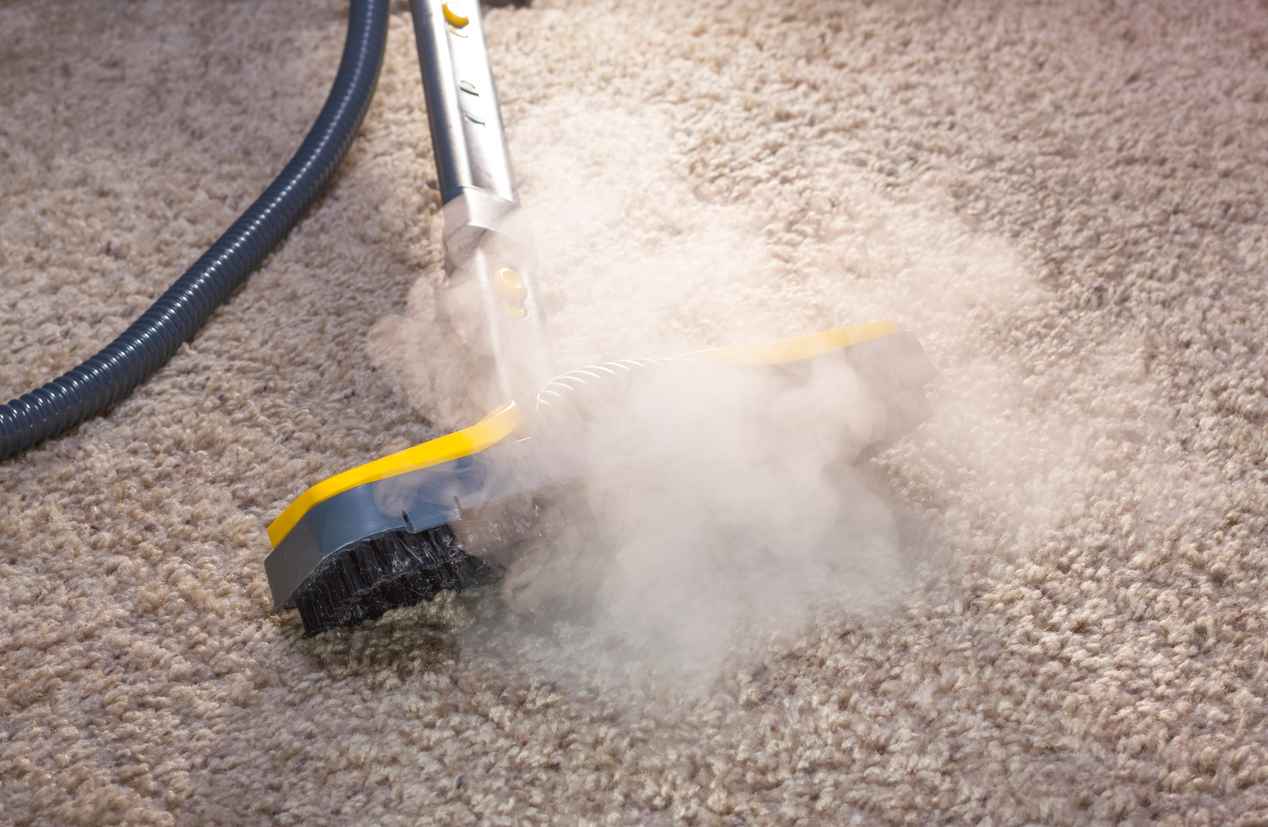Resources
How to Dry a Wet Carpet in the Basement

Dealing with a wet carpet in the basement can be a daunting task, but it’s crucial to address the issue promptly to prevent further damage and mold growth. Whether the moisture is due to flooding, a plumbing leak, or high humidity, taking swift action is key to preserving your basement and maintaining a healthy environment. This blog will guide you through the steps to effectively dry a wet carpet in your basement.
Step-by-Step Guide to Drying a Wet Carpet
Dealing with a wet carpet in the basement can be overwhelming, but taking immediate action is crucial to prevent long-term damage and health risks. Following these steps will help you efficiently dry your carpet and maintain a clean, safe basement environment.
Assess the Damage
Before you start drying the wet carpet, it’s essential to assess the extent of the damage. Determine the source of the water and whether it’s clean or contaminated. Clean water from a pipe leak is less harmful than contaminated water from flooding or sewage backup. If the water is contaminated, it’s best to call professionals immediately to handle the situation safely.
Remove Excess Water
The first step in drying a wet carpet is to remove as much water as possible. Use a wet/dry vacuum to extract the water from the carpet. This equipment is highly effective in removing water and can significantly speed up the drying process. If you don’t have a wet/dry vacuum, you can rent one from a local hardware store.
Lift the Carpet
Once you’ve removed the excess water, lift the carpet to allow air to circulate underneath. Prop up the edges of the carpet with furniture or other heavy objects to create space for airflow. This step is crucial in preventing mold growth and speeding up the drying process.
Dry the Carpet Padding
If the carpet padding is wet, it will need to be dried or replaced. Wet padding can take a long time to dry and can harbor mold and bacteria. Remove the padding and either hang it to dry in a well-ventilated area or replace it with new padding if it’s too saturated.
Use Fans and Dehumidifiers
Place high-powered fans and dehumidifiers in the basement to increase air circulation and reduce humidity. Fans will help evaporate the water from the carpet, while dehumidifiers will remove moisture from the air. For best results, run these appliances continuously until the carpet is completely dry.
Steam Clean the Carpet
After the carpet is dry, it’s important to clean it thoroughly to remove any dirt, bacteria, or mold spores. Use a steam cleaner to sanitize the carpet and eliminate any lingering contaminants. This step will also help restore the carpet’s appearance and freshness.
Prevent Future Moisture Problems
Once you’ve successfully dried the wet carpet, take steps to prevent future moisture problems in your basement. Ensure proper drainage around your home, fix any plumbing leaks, and consider installing a sump pump if your basement is prone to flooding. Regularly use a dehumidifier to keep humidity levels in check.
Basement Waterproofing Services in Michigan
For professional assistance with drying a wet carpet in your basement, contact Michigan Basements. Our experienced team is equipped with the tools and expertise to handle any basement moisture issues. Don’t let a wet carpet compromise your home’s safety and comfort—reach out to Michigan Basements for all your basement waterproofing needs today.


